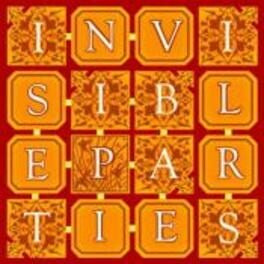Stripped to its core, Invisible parties is an escape game created by Sam Kabo Ashwell. However, it's about much more than this. Enticed, against your better judgement, to come to a party, you have been trapped in a "tangle" a tightly packed group of simulated locations, each having the appearance of a specific type of social gathering. A wedding, a wake, an office party, and so forth. As you move through these locations, so does you lover, Jave. But the tangle obstructs contact with her, and although you can locate ways out, you cannot take them. Can you "disrupt" the tangle sufficiently to escape? Play Invisible Parties here. Play does not rely on the traditional IF props similar to keys, hidden doors, secrets to be discovered, but on learning to use Jave's and yours skills to discover how the tangle's logic at points where it is weak. There are many possible solutions, and although all are essentially identical in their logic, the deta...




